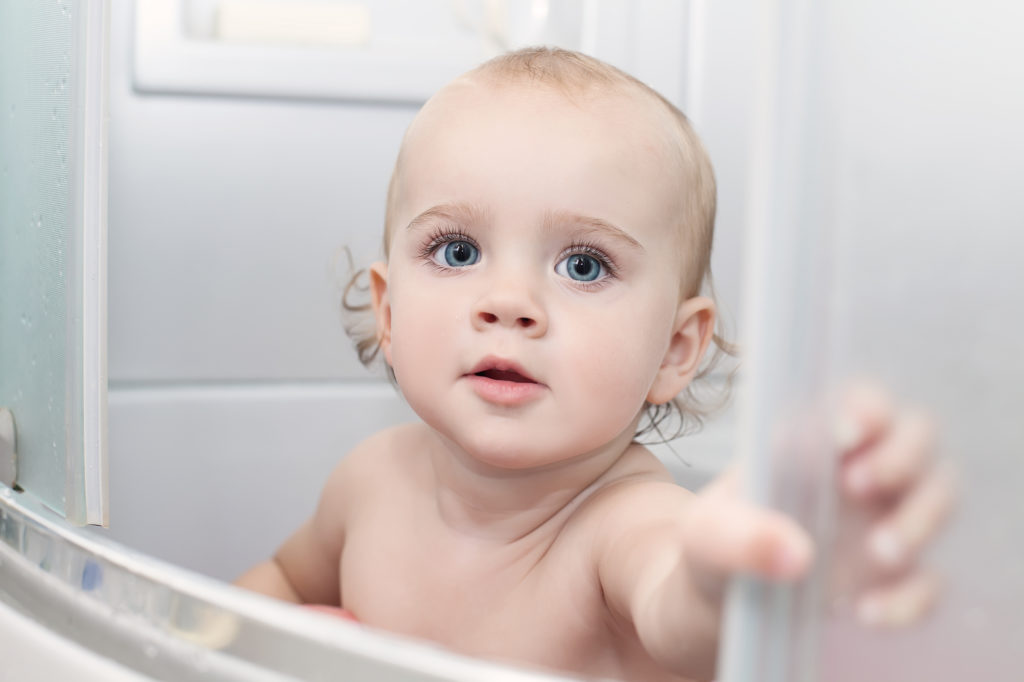10 Ways to Prevent Accidental Drowning

Drowning is the leading cause of accidental death in children ages one to four years old and the second leading cause of death for children ages one to fourteen years old. Here are important tips and steps to take to prevent accidental drowning for children of all ages:
#1: Provide constant supervision of your child in and around any body of water.
Always keep your child’s safety in mind no matter where you are – at home, at the beach, the community pool, at a friend’s house and on family vacations. Assign a “Water Watcher” whose job is to watch all children swimming or playing in or NEAR water, even if they know how to swim. This person should:
-
- not be under the influence of drugs or alcohol
- not use their cell phone while watching children
- avoid other activities
- supervise even if there are lifeguards
- switch off with another adult for breaks
Remember: Never leave your child alone or in the care of another young child in or near water – not even for one second!
#2: Use touch supervision in or near the water.
- Whether it’s bath time or you’re in the pool with your toddler, stay within an arm’s length of your toddler.
- During swim time, get in the water with your toddler. If you need to get out, take your child with you, even if lifeguards are present.
#3: Prevent your child from getting out of the house unnoticed.
In the blink of an eye, children can slip out of the house completely unnoticed and find themselves in life-threatening situations.
- Use safety gates, door locks or doorknob covers on all doors leading outside (including the garage).
- Consider an in-home alarm system that beeps whenever a door is opened.
- Install window locks especially on windows that face the pool.
- Make sure siblings and all other family members know to always close the door behind them so younger children don’t follow them out.
#4: Practice bathroom safety.
- When your baby is in the bath water, keep a hand on your baby at all times. Have a towel and other bath supplies within reach so you can keep a hand on your baby.
- If you forgot something or need to answer the door, bring your baby with you – don’t leave them alone!
- Install safety latches or locks on all toilet seat lids.
- Take out the bath tub drain plug so the tub won’t fill up if a child turns on the faucet.
- Use safety latches or door knob covers to keep bathroom doors closed.
#5: Review potential water hazards in the home.
You may not realize it but there are other potential water hazards in your home. When you’re not using these items, move them up and away from crawling infants and curious toddlers:
- Pet water bowls
- Buckets and pails used for cleaning or painting
- Wading pools
- Coolers with melted ice
- Trash cans or recycling bins that may collect rainwater
#6: Be aware of dangers in your yard and neighborhood.
Check your yard and neighborhood for any other potential water dangers:
- Irrigation or drainage ditches
- Construction zones
- Ponds, fountains and bird baths
#7: Practice pool safety with fencing and alarms.
Fences are the most effective, proven way to prevent drowning of young children:
- All above-ground pools, in-ground pools and hot tubs should be surrounded by fences that have four sides that are four feet high and include a self-latching gate that’s at least 54 inches from the ground.
- Fences should be climb-proof – there should be no way for a child to get a grip or foothold on any object to climb over the fence. Keep patio furniture and play equipment away from the fencing.
- Fencing with vertical slats should have no more than 4 inches of space between them so a small child or animal can’t get through. Skip chain link fencing – it can be easy to climb.
Alarms can provide another layer of protection against accidental drowning:
- Pool alarms can detect movement on the water’s surface and go off when someone has fallen into the pool.
- Alarms on the pool fence gate can also help.
- Make sure fresh batteries are installed.
Remember, alarms cannot take the place of a well-installed fence.
#8: Use properly-fitting, U.S. Coast Guard-approved life jackets.
- Children should always wear life jackets when in, on, or near natural bodies of water such as the ocean, bay, lakes and rivers.
- Children and others who lack strong swimming skills should also wear life jackets when at a pool or water park.
#9: Sign your child up for swimming lessons.
Children should take formal swimming lessons to develop basic swimming skills and reduce the risk of drowning. This can start for many children at one year old.
#10: Learn CPR, safe rescue techniques and how to get emergency help.
Everyone should know how to respond to a drowning emergency.
- Find CPR classes through the American Red Cross, the American Heart Association, local fire departments, city and county resources and other local organizations.
- At the beach, locate the nearest lifeguard tower and make sure everyone in your group knows where it is.
- At the pool, make sure there is a lifeguard on duty.
- Know the location of emergency flotation devices at the pool.

